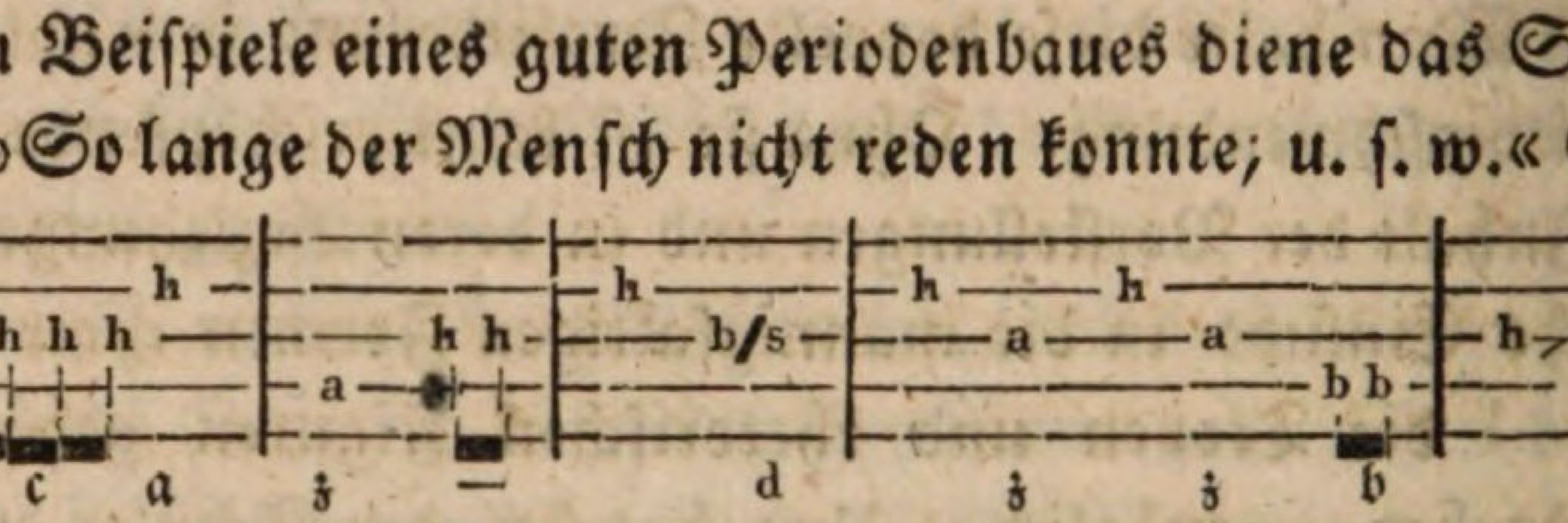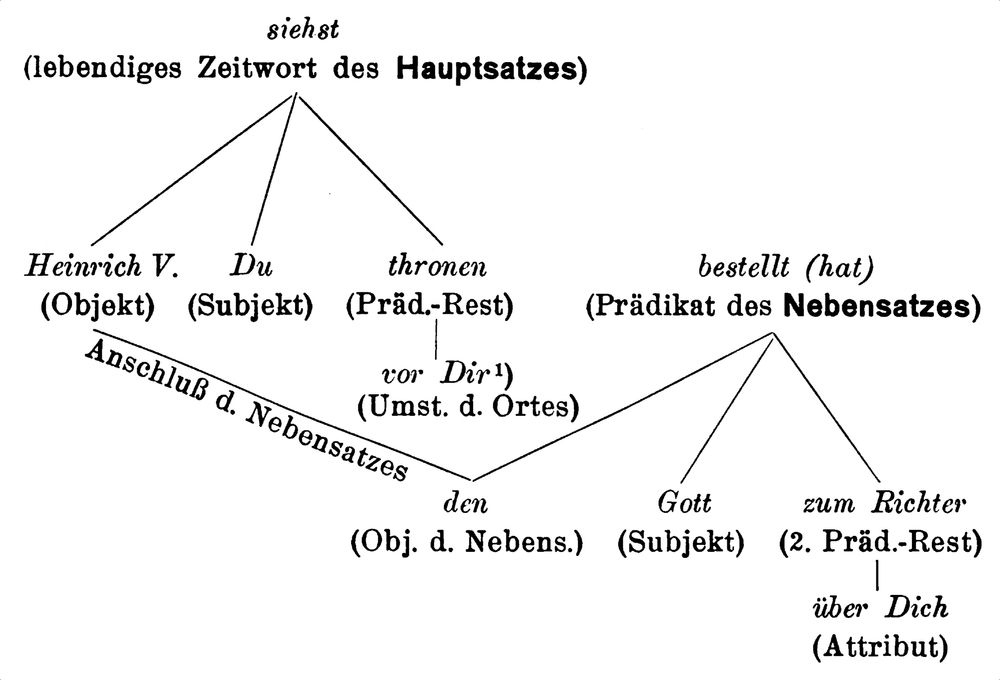Michael Cysouw
@cysouw.bsky.social
210 followers
33 following
130 posts
Graphical Grammar: a history of visual analysis of syntactic structure before Chomsky and Tesnière
Radical-open-access manuscript in progress: https://cysouw.github.io/graphicalgrammar/
Posts
Media
Videos
Starter Packs
Michael Cysouw
@cysouw.bsky.social
· Jun 15
Michael Cysouw
@cysouw.bsky.social
· Jun 15
Michael Cysouw
@cysouw.bsky.social
· May 15
Michael Cysouw
@cysouw.bsky.social
· May 13
Michael Cysouw
@cysouw.bsky.social
· Mar 31
Michael Cysouw
@cysouw.bsky.social
· Mar 31
Michael Cysouw
@cysouw.bsky.social
· Mar 31
Michael Cysouw
@cysouw.bsky.social
· Mar 31
Michael Cysouw
@cysouw.bsky.social
· Mar 31
Michael Cysouw
@cysouw.bsky.social
· Mar 29

![Graphical analysis of a complex sentence by Polivanov (1873). This graphic represents a sentence from a letter from N.M. Karamzin:
[А] Улицы прямы, широки и хорошо вымощены, а [Б] вь срединѣ проведены глубокіе каналы, [а] вь которыхь сь шумомь течеть вода, [а'] уносящая сь собою всю нечистоту иаь города, и [б'] сверхь того весьма полезная ву случаѣ ножара.
[А] The streets are straight, wide and well paved, and [Б] in the middle there are deep canals, [а] into which water flows noisily, [а'] carrying away with it all the sewage from the city, and [б'] moreover being very useful in case of a fire.](https://cdn.bsky.app/img/feed_thumbnail/plain/did:plc:5j4gm6ab442ngvnd7jqlm5la/bafkreib3qlnlagbs4duwfxrvmdjgylvxt7vvhwk7zu725lqytcnrriu3ya@jpeg)






![*Periodenbild* from Horn (1837: 313) for the sentence: [A] Wißt ihr denn, [a] ob der kleine Knabe, [α] der neben euch Blumen zerreißt [β] und mit den Blättern spielt, [a] nicht einst als Kriegsgott in einem stürmischen Welttheile aussteigen [b] und mit den Stürmen spielen werde?](https://cdn.bsky.app/img/feed_thumbnail/plain/did:plc:5j4gm6ab442ngvnd7jqlm5la/bafkreidwtectrb6ljlpc7kwjqljcnxdbashklrzevwqeu252guhgasnjri@jpeg)






